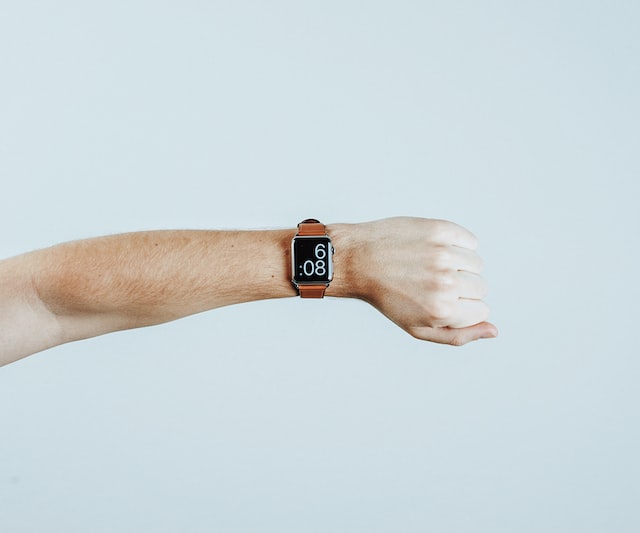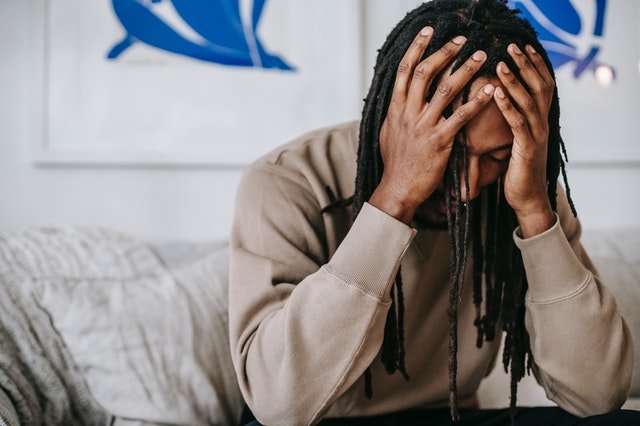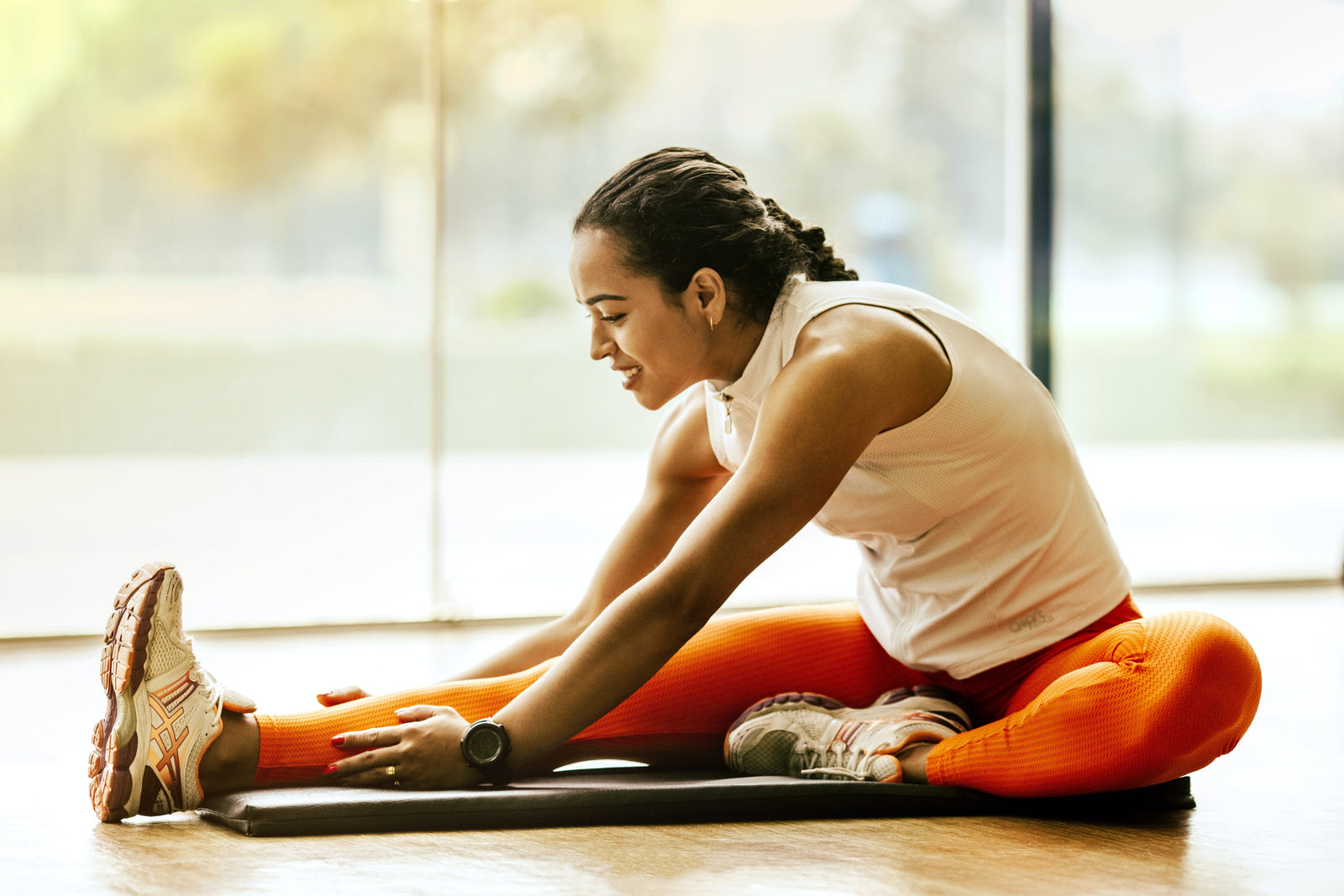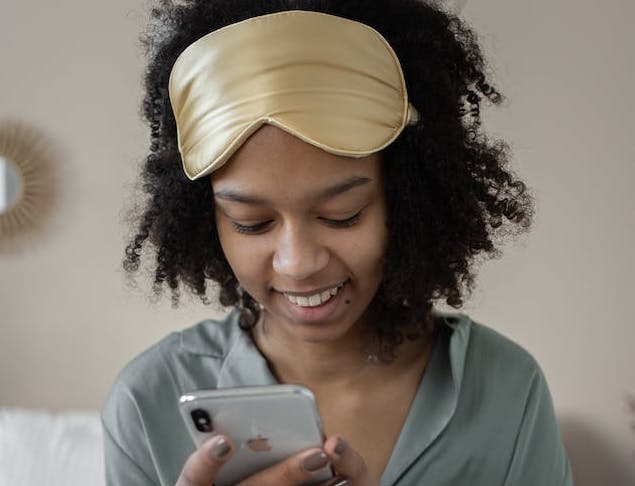Too little sleep is dangerous, while toomuch sleep is just as bad.
Experts recommend an average sleep duration of between seven to nine hours each night to ensure a healthy lifestyle.
So how can you balance the right amount every night? If you’re beginning to feel like Goldilocks, don’t stress. Tracking your sleep ensures that your sleep quality and duration are “just right.”
You may not even be aware of how much sleep you get each night, on average. Sleep tracking gives insight into how much sleep you’re getting, as well as the quality of your rest.
The Benefits of Sleep Tracking
Some mornings, you wake up feeling groggy and exhausted, while other mornings, you feel refreshed and ready to tackle whatever the day throws your way.
Sleep tracking provides a way to determine what leads to a poor night’s rest and what causes a well-rested evening, especially when the reasons aren’t always clear.
@somnifix Want to hear something spooky? 👻 Oversleeping is just as dangerous as under-sleeping! 💤 #weightgain #hearthealth #dementia #sleeptips #learntok ♬ Halloween ・ cute horror song - PeriTune
For example, if you know you got less sleep than usual the night before, you can look back on your day. Did you consume more caffeine than usual or eat a later dinner?
You can then use these insights to optimize your sleep patterns and daily habits.
Moreover, wearable trackers monitor different variables like heart rate and body movement as you rest.
Some devices even feature analytics that help you monitor and analyze your sleep habits and duration.
Wearable Vs Non-Wearable Sleep Trackers
Wearable sleep trackers sometimes double as fitness trackers that go around the wrist (like a smartwatch) or even fit on your finger as a ring.
Wearable trackers provide information not only about your sleep, but your overall health. If you want a sleep tracker that can do more than track your sleep, a wearable device may be best for you.

Non-wearable sleep trackers may be less expensive and sophisticated than wearable trackers, but they get the job done.
Examples include smartphone apps or bedside sleep monitors.
If you don’t mind wearing something while you sleep, an Oura Ring provides detailed insights into your sleep patterns and general health.
#1: Oura Ring - Sophisticated and Low-Profile
The Oura Ring is a lightweight ring that comes in various colors and sizes, helping you track your heart rate, body temperature, blood oxygen levels, and sleep quality.
Moreover, the Oura Ring tracks your physical activity, daily calorie expenditure, and periods of inactivity.
The price is a bit steep at $299. However, the battery lasts up to a week and the device is completely waterproof, so the features reflect the price. A one-year warranty is also included.

In order to fully access the ring’s features, you must download the Oura app and pay for a monthly membership, so the cost unfortunately doesn’t end there.
The membership is free for the first six months, and then $5.99 monthly after that: less than the cost of your favorite streaming service.
What’s more, you can try out an Oura ring for 30 days for just $15. If you find that you don’t like the ring, you can return it for a full refund (excluding shipping charges).
If a ring isn’t for you, we’ve got another wearable device in mind.
#2: WHOOP Tracker - Praised by Pro Athletes
The wearable WHOOP tracker offers both fitness and sleep data, helping you shift your routine based on recent exercise patterns, sleep activity, and heart rate.
Popular in many workout communities and worn by many professional athletes, this wearable band is a comprehensive tracking system for any lifestyle.
When it comes to sleep quality, the WHOOP tracks detailed information about:
- Time in Bed: how many hours you spent physically lying down at night
- Hours of Sleep: hours spent actually sleeping
- Sleep Efficiency: A score that compares hours of sleep to time spent in bed to determine a sleep efficiency score
- Sleep Stages: measurement and breakdown of time spent in each sleep phase: awake, light sleep, rapid eye movement (REM), and slow-wave sleep, sometimes called SWS
- Disturbances: the amount of time your sleep is interrupted, including switching sleep positions
- Respiratory Rate: the number of breaths per minute while asleep

Upon waking, the WHOOP tracker analyzes your sleep patterns and calculator a “Sleep Needed” score and a “Day Strain” score, helping you analyze fluctuating needs throughout the week based on daily activity and previous sleep quality.
These comprehensive, detailed metrics come at a cost of $30 per month. With a 12-month membership commitment, WHOOP will send you the WHOOP 4.0 band at no additional cost.
If you don’t want to invest in wearable tech, turn toward a device you already have: your smartphone.
#3: SleepScore: Sleep Data for Your Smartphone
While some sleep apps may not break down your sleep patterns in as much detail as wearable devices, they can be easily added to your smartphone.
SleepScore is available for both iOS and Android devices. The app offers sleep goals along with actions you can implement to reach them.
Moreover, this app uses sonar technology to track your sleep patterns, breathing rate, and any sound disturbances right from your nightstand.
The app measures light, deep, and REM sleep and takes note of any moments of wakefulness overnight.
All of these metrics are then combined to determine a sleep score to help you identify required changes for improved sleep.

There’s just one caveat: your phone must remain plugged in with the bottom of your phone pointed toward you for the sonar technology to work properly.
Furthermore, it must remain at a higher level than your mattress, which could be an issue if your bedside table is lower than the height of your bed.
The free version of SleepScore includes sleep tracking features, smart alarms, seven-day sleep history and scores, bedtime reminders, light and sound monitoring, and goal-setting metrics.
However, for $7.99 per month, you’ll get access to unlimited sleep history tracking, charts that analyze sleep patterns, sleep coaching, and a sleep report that you can download and send to your physician if you have any sleep quality concerns.
It also syncs with other wearable tech you may already have, like your Apple watch.
Sleep ++ provides some of the same basic sleep tracking features without any cost to you.
#4: Sleep ++: Basic Sleep Metrics for Free
Sleep ++ is a free smartphone app that measures wake time, restful sleep quality, and moments of restfulness overnight.
If you have an Apple Watch, this app automatically tracks your sleep without you having to start or stop the app.
It’s only available on iOS, though, so Android users are out of luck when it comes to this tracker.
While Sleep ++ is not as comprehensive as other sleep trackers, there’s no hidden cost. It automatically tracks your sleep patterns, formulating a report of your sleep patterns and quality.

It also gives you a breakdown of exactly how many times you woke up overnight, providing a sleep duration score that helps you track trends, patterns, and changes in your routine over time.
While this app may not offer smart alarms or light and sound tracking, it’s a solid choice that you can get started using in just minutes (with no cost to you!)
Our final sleep tracking option is not only free, but it’s also old school.
A bullet journal sleep tracker is the perfect option for tracking your sleep and wake times – especially if you don’t feel comfortable relying on technology to track your patterns for you.
#5: Bullet Journal Sleep Tracker: DIY Tracking
Monitoring your sleep with a bullet journal sleep tracker is a quick, simple way to keep an eye on your sleep and overall well-being.
That said, this do-it-yourself solution offers more heavy lifting on your end.
There’s more room for error, here, as the tracking is all completely based on your perception, feelings, and experiences with analyzing your sleep patterns and habits rather than cold, hard data.
More people may prefer a bullet journal sleep tracker to wearable tech or smartphone apps, though, since you don’t have to turn anything on and off before or after bed.

To create a bullet journal sleep tracker, include a few different metrics, such as total sleep time, sleep time frame, and sleep quality.
Moreover, you may want to include a column to track variables that may have affected your sleep, such as stress, illness, or a snoring partner.
Potential required supplied to create your bullet journal sleep tracker may include:
- A bullet journal notebook that will serve as your bullet journal sleep tracker
- Washi tape and/or a ruler to keep columns separated
- Colored pens and/or markers
Your tracker can be as detailed or as simple as you choose.
Try to create a format that you can easily recreate each week or month, separating every metric you want to track in your bullet journal sleep tracker into its own column.
Downloadable pre-made PDF versions are also available for purchase online.
A section that helps you keep track of daily and nightly habits may be helpful in understanding what helps you get better sleep each night, too.
For example, did you limit screen time before bed? Record that in your bullet journal sleep tracker to determine whether or not this affected your sleep quality.
If you want to take it a step further, try out and track new habits like mouth taping to boost sleep quality, sleep duration, and your overall health.
Track Mouth Taping as A Nightly Habit
Have you heard yet? Taping your mouth shut at night is a simple and effective way to prevent snoring, improve airway health, and get your best sleep yet.
Although it sounds strange, mouth taping prevents mouth breathing known to cause snoring, which fragments sleep.
Mouth tape promotes a proper lip seal and blocks the mouth so that airway tissues can’t vibrate together.

The act of nasal breathing promotes nitric oxide and places the body in a relaxed, calm state, helping us rest and digest with the help of the parasympathetic nervous system.
Before you reach for any old tape, know that most tapes include adhesives with harmful and irritating chemicals. SomniFix, on the other hand, has a comfortable, gel-like adhesive that is safe for even the most sensitive skin.
For additional comfort, our Mouth Strips offer a vent in the center if you happen to become congested overnight.
Make mouth taping a nightly habit while you track your sleep data to compare how SomniFix improves sleep quality and duration.
We have a feeling you’ll track your best sleep yet with SomniFix!



